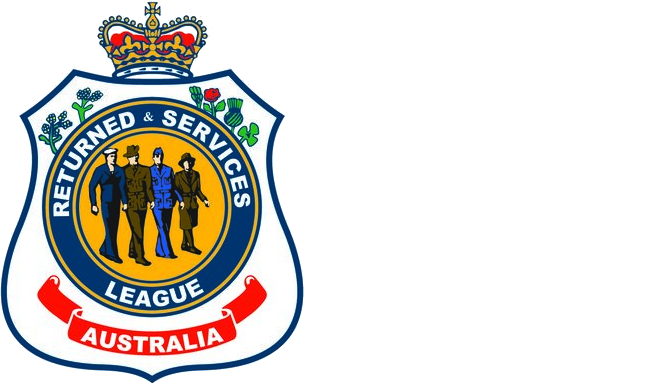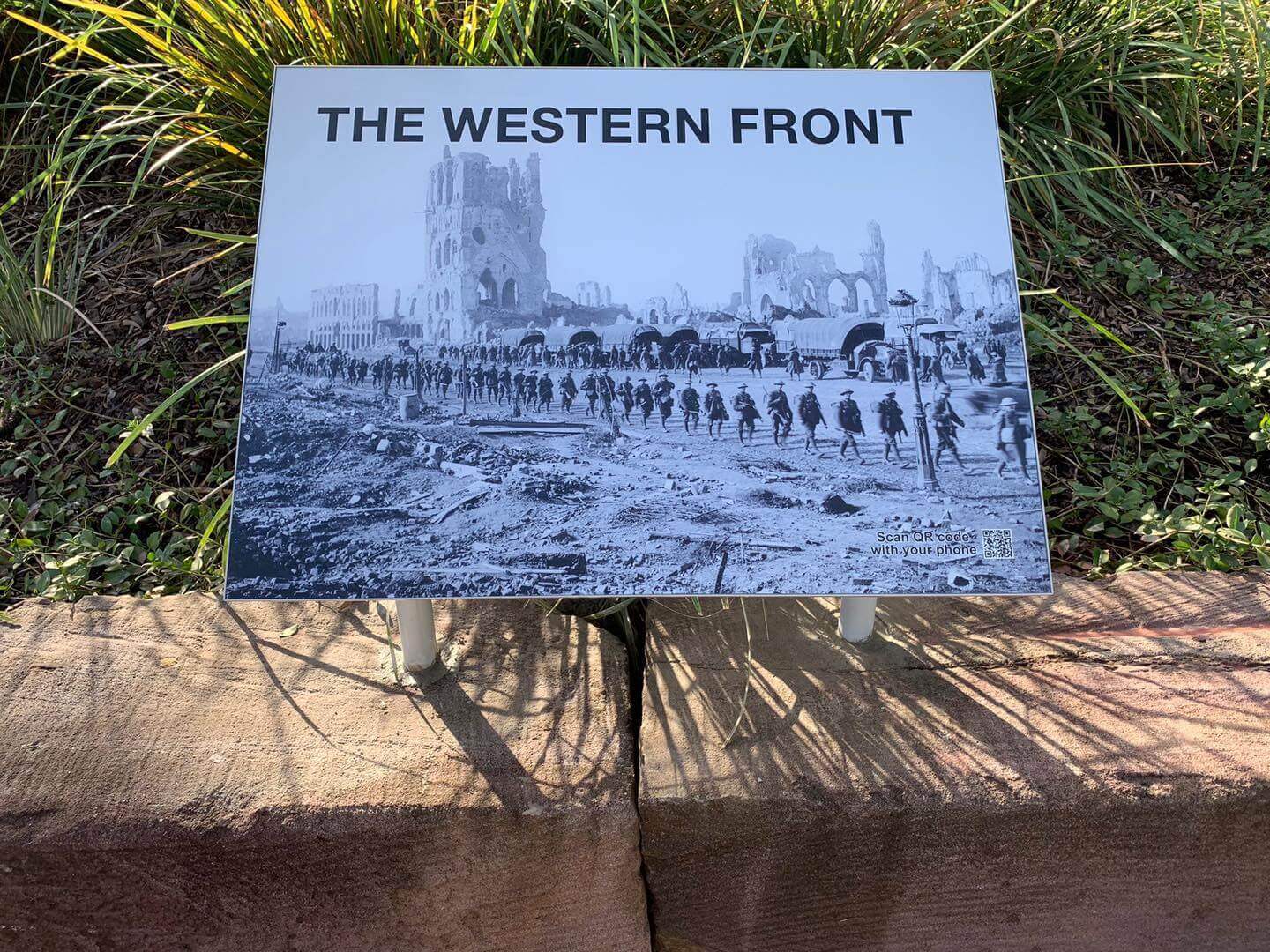The Western Front – France and Belgium
After Gallipoli, the main body of the AIF went to France to fight on the Western Front against the Germans. Between July and September 1916 the Australians fought in the first battle of the Somme and experienced some of the bloodiest fighting of the war, sustaining immense casualties. The battle for the village of Pozieres was the major Australian action during the Somme fighting and extraordinarily intense German shellfire turned it into a living hell. After the War, official historian C. E. W. Bean wrote that Pozieres ridge was ‘a ridge more densely sown with Australian sacrifice than any other place on earth’.
Following the fighting for Bullecourt in April-May 1917, the Australian infantry attacked strong German defences around Ypres in Belgium, fighting in terrible mud amid heavy artillery and gas barrages. Messines Ridge, Menin Road and Broodseinde were taken but it proved impossible to advance beyond Passchendaele before winter. Australian casualties in this fighting totalled 38,000.
On the Western Front, spring 1918 saw a German offensive break through allied lines on the Somme. An Australian counter-attack at Villers-Bretonneux began a series of reverses for the Germans and by July much ground had been regained. On 8 August, the long-awaited allied offensive began and the Australians played a major role in the drive to the Hindenburg line. Germany agreed to an armistice and, after four years of terrible fighting and horrific casualties, the War ended on 11 November 1918. In Palestine, the Turks had signed an armistice nearly two weeks before, following the capture of Damascus by allied forces.
The enormous casualties incurred by the AIF on the Somme in 1916 raised the issue of conscription being used to maintain levels of reinforcements. It soon opened up the divisions in society that the war had been creating since 1914, but which had remained beneath the surface. Forced to put the issue to a referendum, the Prime Minister, W. M. Hughes, led the campaign for a ‘yes’ vote. The referendum was lost narrowly and Hughes, because of his role in the ‘yes’ campaign, was expelled from the Labor Party which was against conscription. Hughes took a number of followers with him, and with his previous political opponents formed the National Party. The new party was elected with a landslide majority in May 1917. A second referendum in December 1917 rejected conscription by a larger majority. The campaign was shorter than the first, although the bitterness on both sides had increased. The degree of tension created by these referenda had rarely been seen before in Australian history.
General Sir John Monash
Monash believed that the true role of the infantry was not to expend itself upon heroic physical effort, not to wither away under merciless machine-gun fire, not to impale itself on hostile bayonets, but on the contrary, to advance under the maximum possible protection of the maximum possible array of mechanical resources in the form of guns, machine-guns, tanks, mortars and aeroplanes to advance with as little impediment as possible and to be relieved as far as possible of the obligation to fight their way forward.
He supported the view that the most effective warfare involved many different types of weaponry and defences working together – the whole being greater than the sum of its parts.

